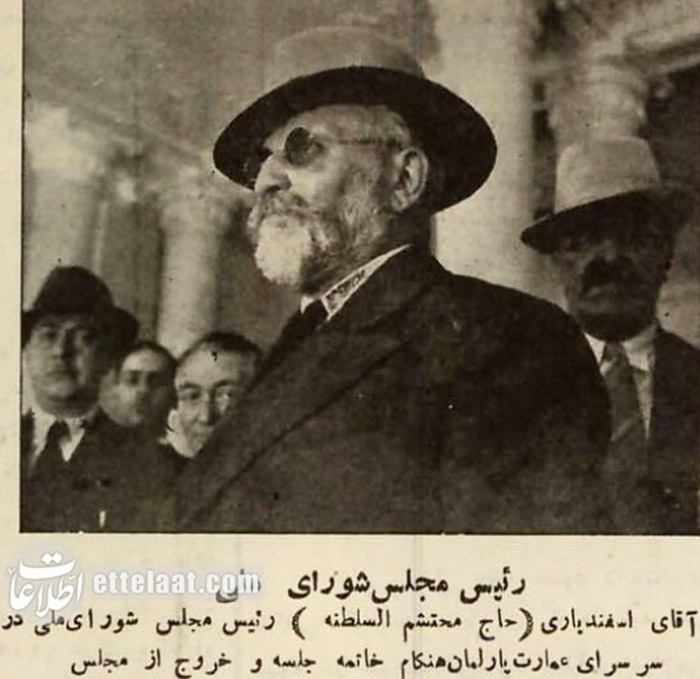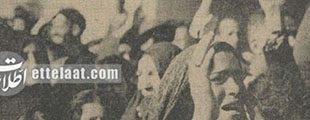The issue was divisive enough to be brought to the floor of Iran’s Seventh Parliament, where it sparked intense debate. Some religious representatives, like Seyyed Reza Firouzabadi, criticized the law as a misplacement of legislative priorities. He pointed out that even in countries like England, where Western clothing originated, there were no legal requirements for citizens to wear specific garments. He questioned the need for such a law in Iran, arguing that progress and development are not dictated by clothing.
Despite opposition, the law remained in place for some time, influencing a whole generation of Iranian men who came to associate Western headgear with modernization and national progress. However, after the Islamic Revolution in 1979, many of these reforms were rolled back. The chapeau faded from public life, replaced by headwear more aligned with traditional and religious values.
Cultural Legacy
Today, the fedora remains a polarizing symbol. For some, it conjures nostalgia—images of 1940s detectives, jazz musicians, or dapper gentlemen walking city streets. For others, especially in the digital age, the hat has become an internet meme, sometimes associated with out-of-touch fashion or ironic detachment.
Yet at its heart, the chapeau/fedora is a testament to how clothing can transcend function. It can shape identities, forge cultural narratives, and act as a lightning rod for societal debate. From the drawing rooms of Europe to the streets of Tehran, this unassuming hat has carried with it a host of meanings—some sartorial, others deeply political.
The story of the fedora is not merely about fashion—it is about how societies define themselves, resist change, embrace modernity, and negotiate the delicate balance between tradition and innovation. What began as a simple head covering became a canvas for expression, rebellion, and transformation. And as long as style continues to evolve, the chapeau will remain perched—figuratively and literally—on the head of history.

